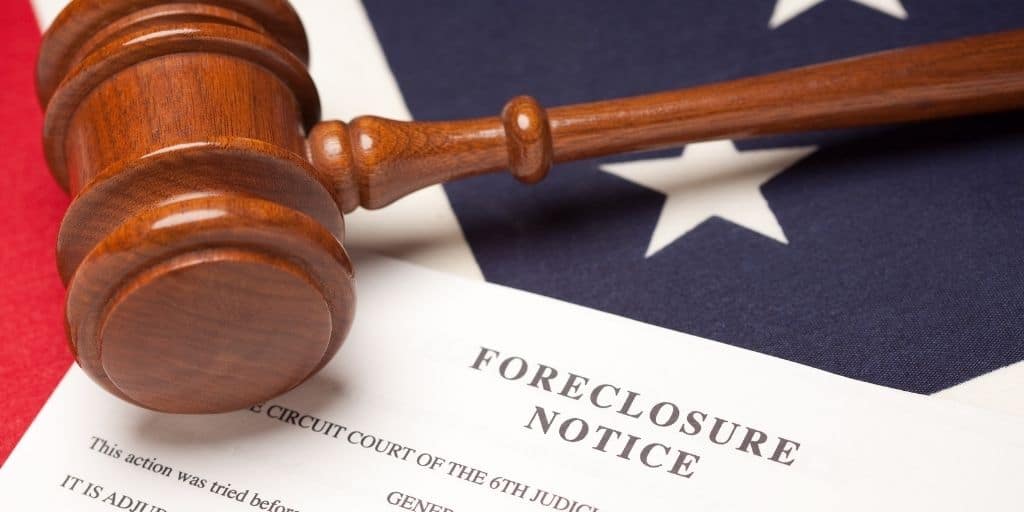Foreclosure means the lender takes back a home if the borrower can’t pay the mortgage. There are two main ways: judicial and nonjudicial. Let’s see how they’re different:
Judicial Foreclosure:
- Court Involvement: The lender sues the borrower in court for not paying the mortgage.
- Court Decision: If the court agrees, it allows the foreclosure.
- Auction: The house is sold to the highest bidder at a public auction to pay off the debt.
- Redemption: In some places, the borrower can buy back the house within a certain time after the sale.
Nonjudicial Foreclosure:
- No Court: The lender follows the rules in the mortgage contract, not the court.
- Notice of Default: The lender tells the borrower they’ll take the house if they don’t pay.
- Notice of Sale: After waiting, the lender announces the auction date.
- Auction: The house is sold, and the money goes to pay off the debt.
- No Redemption: Usually, the borrower can’t buy back the house after it’s sold.
Key Differences:
- Court Role: Judicial foreclosure involves the court, while nonjudicial doesn’t.
- Time and Process: Judicial takes longer because of court stuff, while nonjudicial is quicker.
- Redemption: Only judicial foreclosure may give the borrower a chance to buy back the house.
- State Rules: Whether you get judicial or nonjudicial foreclosure depends on where you live and what’s in your mortgage contract.
In short, both ways achieve the same thing, but they follow different rules and timelines. Understanding these differences helps homeowners and lenders deal with foreclosure better. If you’re facing foreclosure, talking to a real estate lawyer can help you explore your options.

